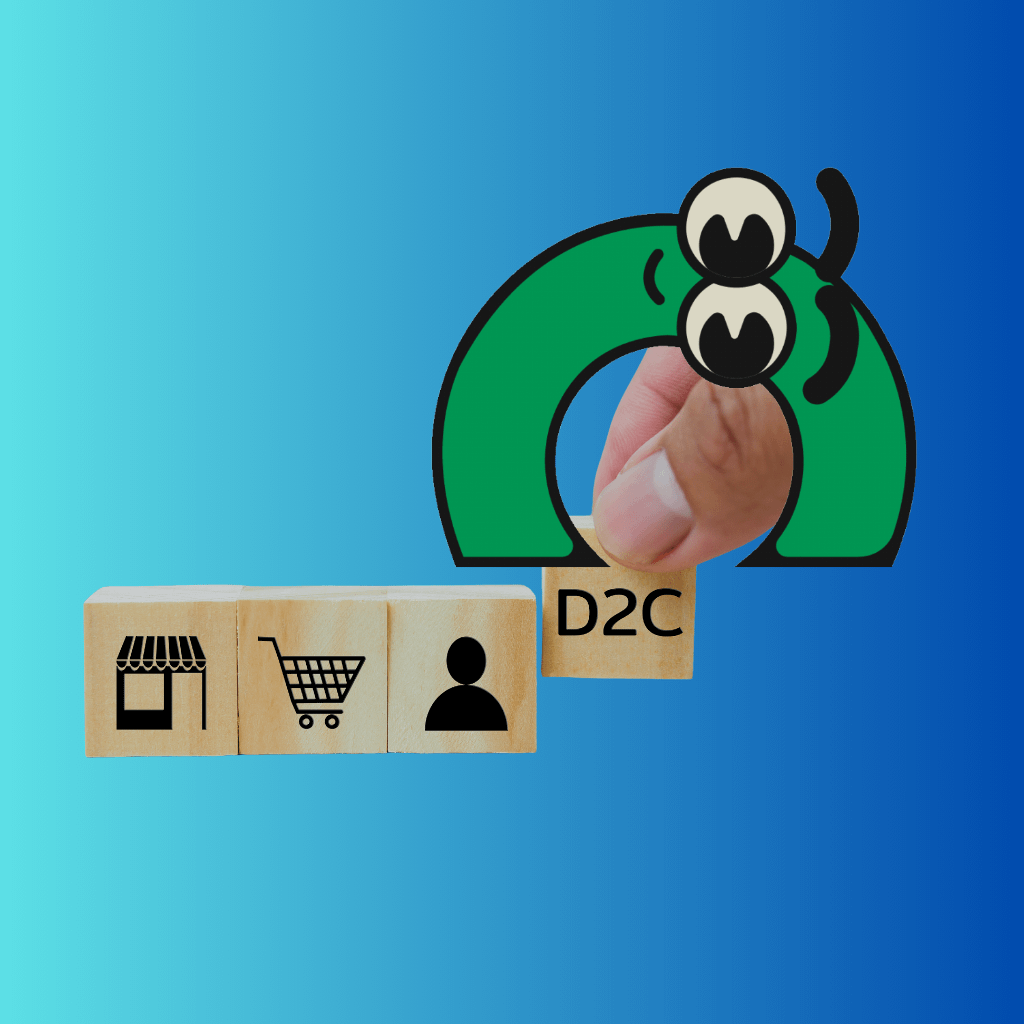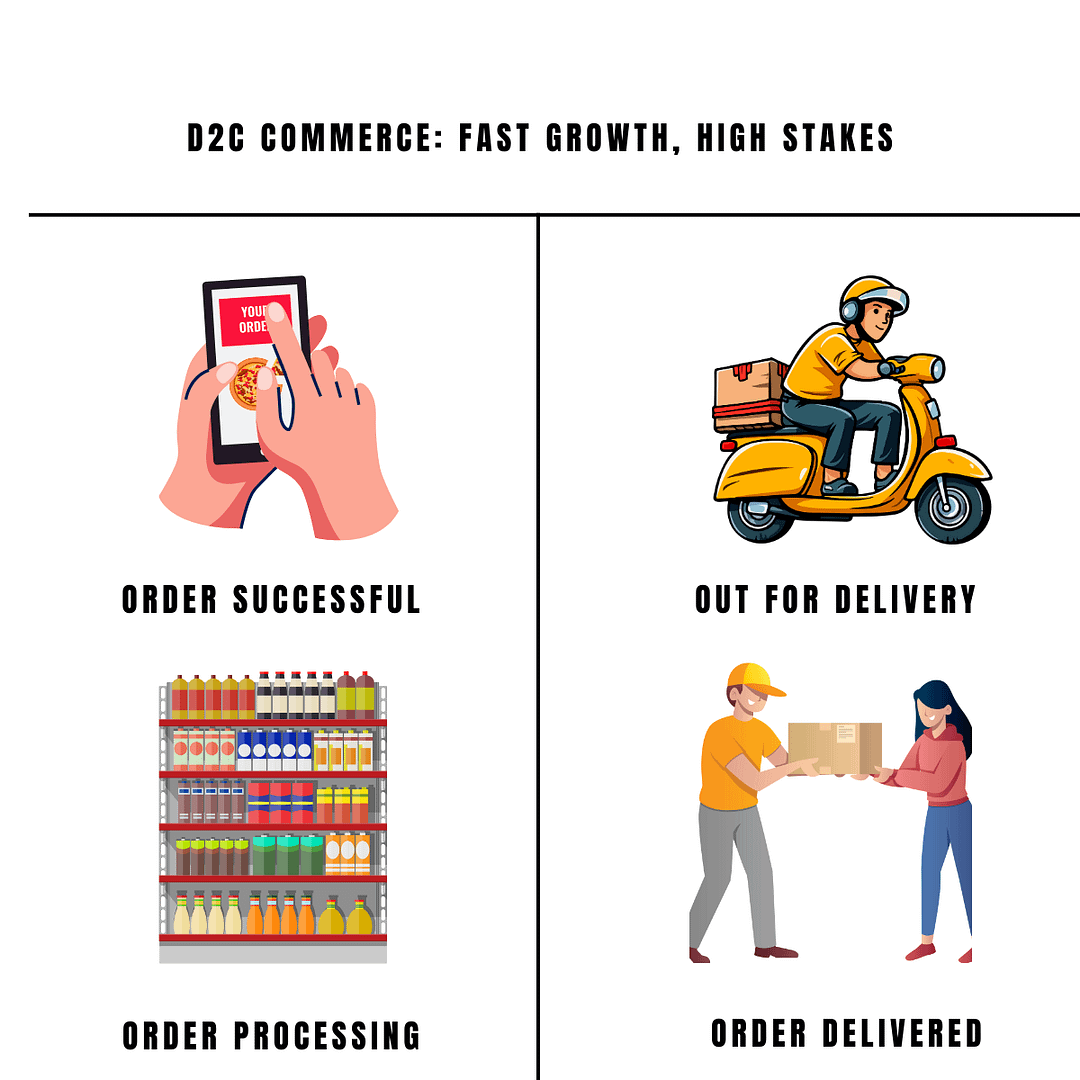Emerging D2C Trends Every Business Must know in 2025
As the business landscape continues to evolve, staying up-to-date with emerging trends is crucial for success. One key area to focus on is Direct-to-Consumer (D2C) strategies. In 2025, D2C is set to dominate the market, revolutionizing how businesses connect with their customers and sell products. This blog will explore the emerging D2C trends that every business must know in 2025. From personalized customer experiences to data-driven marketing, understanding and implementing these trends will be essential for staying ahead of the competition in the years to come. So, let’s dive in and discover the future of D2C. The Evolution of Direct-to-Consumer (D2C) Models and Their Impact on Businesses In order to navigate the changing business landscape, it’s crucial to understand the evolution of Direct-to-Consumer (D2C) models and their impact on businesses. Traditional retail channels are being disrupted by the rise of digital platforms, social media, and e-commerce. D2C has emerged as a powerful alternative, enabling businesses to directly connect with and sell products to their customers. This shift has significant implications for all businesses. By cutting out the middleman, companies can forge stronger relationships with their customers, collect valuable data, and gain more control over their brand image. However, it also means that businesses need to adapt their strategies and operations to meet the demands of a D2C model. In the next section, we will delve into the specific ways in which D2C models are evolving and how these changes are reshaping the business landscape. Stay tuned to learn about the exciting opportunities and challenges that lie ahead for businesses in the era of D2C. Key Emerging D2C Trends to Watch in 2025 In this section, we will explore the key emerging D2C trends that businesses must be aware of in 2025. As the world continues to embrace digital transformation, staying ahead of these trends will be vital for success. Approximately 50% of consumers are willing to pay a premium for sustainably and ethically produced products, prompting many D2C brands to integrate sustainability into their core strategies.(Source: Nielsen, PwC) The Role of Technology in Shaping D2C Strategies As businesses navigate the D2C landscape in 2025, the role of technology in shaping their strategies cannot be overlooked. In this section, we will delve into how emerging technologies are revolutionizing the D2C space and providing new opportunities for growth. New digital-native D2C brands are forecasted to account for more than 30% of total sales in their categories by 2025, driven by agile marketing and innovative supply chain solutions.(Source: Accenture, Bain & Company) As we move into the future, businesses must embrace these advancements in technology and leverage them to gain a competitive edge. In the next section, we will explore how these technologies can be implemented in practical ways to drive growth and success in the D2C space in 2025. Navigating Challenges in the D2C Landscape: Insights for Businesses In addition to the exciting advancements in technology, businesses must also be prepared to navigate the challenges that come with the D2C landscape. With increased competition and evolving consumer expectations, it is essential for businesses to stay ahead of the curve. By addressing these challenges head-on, businesses can position themselves for success in the D2C space. In the next section, we will explore practical insights and strategies that businesses can adopt to overcome these challenges and thrive in the evolving D2C landscape. Successful Case Studies: Companies Leading the Way in D2C Adoption As businesses navigate the challenges of the D2C landscape, it is helpful to look at successful case studies of companies that have embraced the D2C model and achieved outstanding results. These companies serve as inspiration and provide actionable insights for other businesses looking to make the transition. One such company leading the way in D2C adoption is Mamaearth, a beauty brand. They recognized the importance of data security early on and made significant investments to ensure robust cybersecurity measures. This not only built trust with their customers but also allowed them to harness valuable customer insights to drive personalized experiences. Another remarkable case study is ABC, a popular athletic apparel company. They have excelled in finding the delicate balance between personalization and privacy. By leveraging advanced analytics and machine learning, they deliver highly personalized recommendations and experiences while respecting customer privacy. In the next section, we will delve deeper into these case studies and explore the strategies these companies have employed. By studying their successes, businesses can gain practical insights and leverage them in their own D2C journeys. Stay tuned for valuable lessons and strategies from these industry leaders. Conclusion: Preparing Your Business for the D2C Future in 2025 As we near the end of this blog series on emerging D2C trends, it is clear that the D2C model is only going to become more prevalent and influential in the coming years. Now is the time for businesses to prepare and adapt to the changing landscape. To prepare your business for the D2C future in 2025, it is crucial to start by understanding your customers’ needs and preferences. Leveraging data and analytics to drive personalized experiences will be key. Additionally, investing in robust cybersecurity measures to build trust and protect customer information is non-negotiable. As technology continues to evolve and disrupt traditional business models, embracing the D2C approach is imperative for future success. Stay adaptable, keep an eye on emerging trends, and be willing to innovate. By doing so, your business will be well-positioned to thrive in the ever-evolving D2C landscape of 2025.




